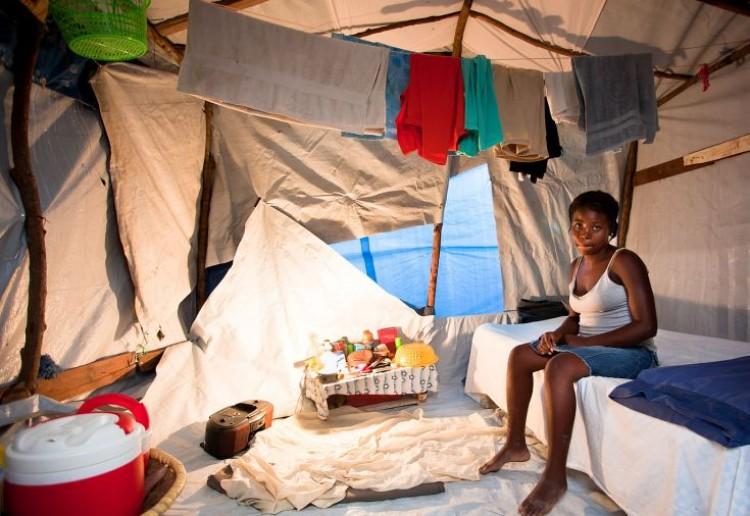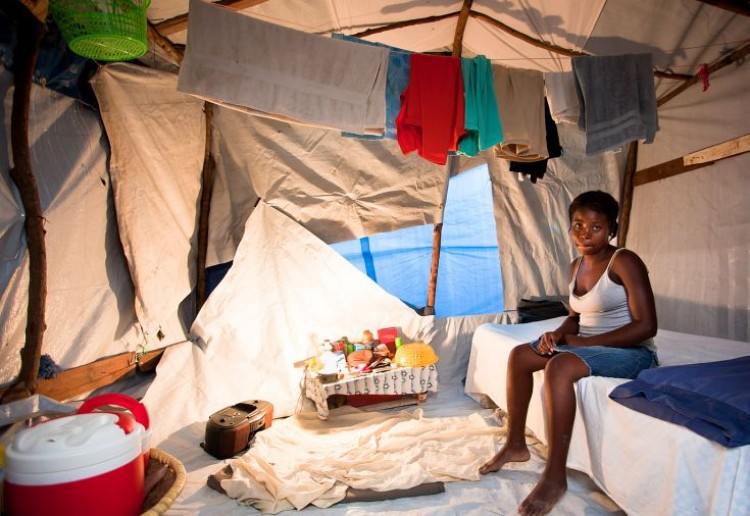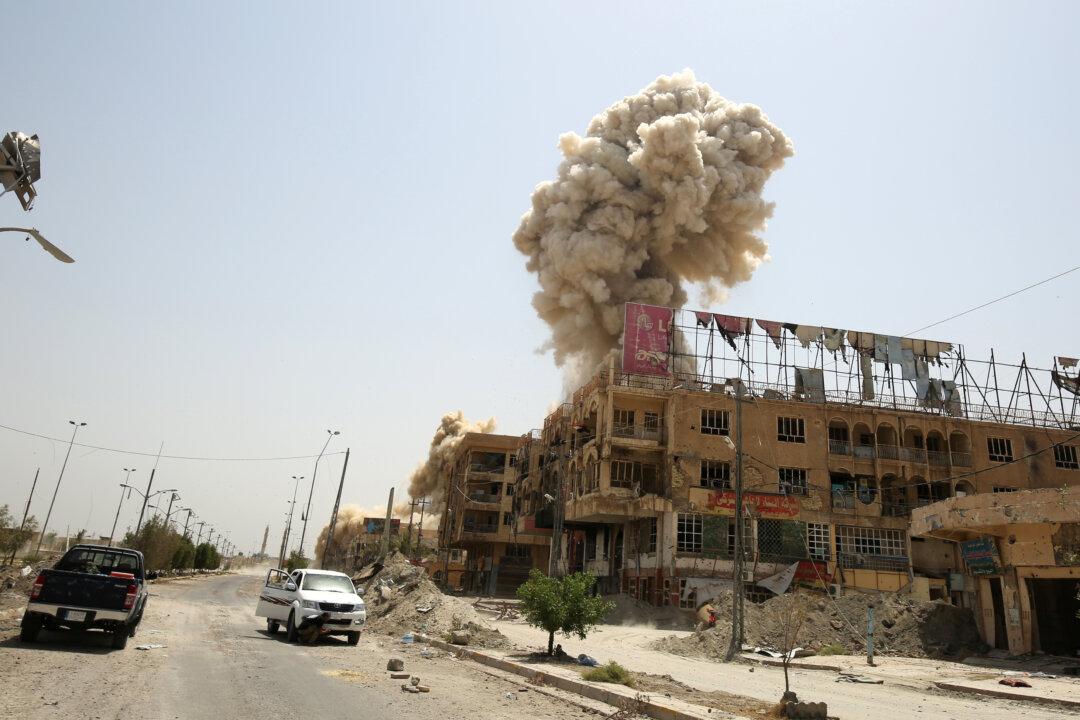Photography Book Review: ‘Tent Life: Haiti’
In the book Tent Life: Haiti, photographer Wyatt Gallery attempts to capture the lives of people in Haiti in the aftermath of the devastating January 12, 2010 earthquake.

RESILIENCE: Photographer Wyatt Gallery captures the lives of Haitian survivors in the aftermath of the 7.9 magnitude earthquake in 2010. Umbrage Books
|Updated:






